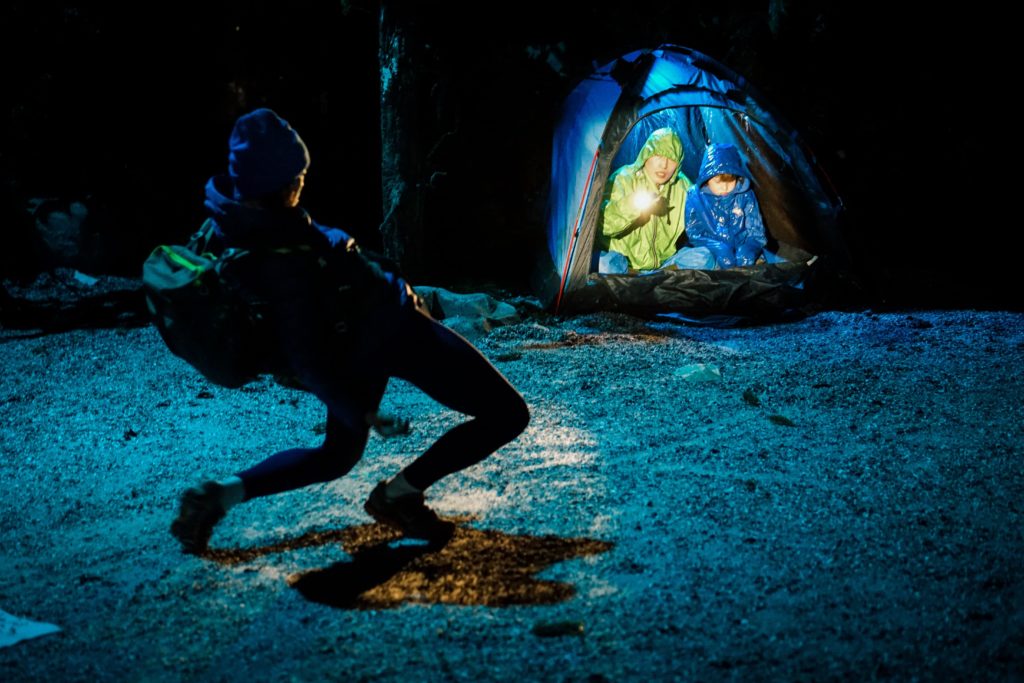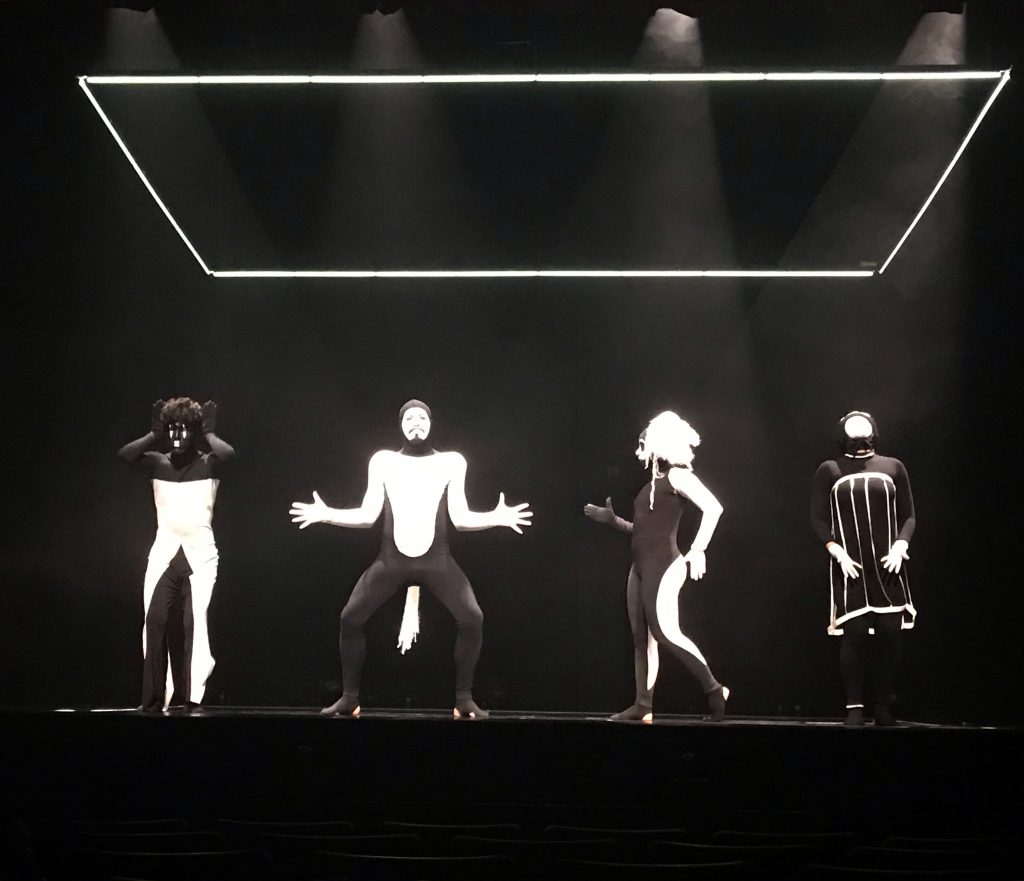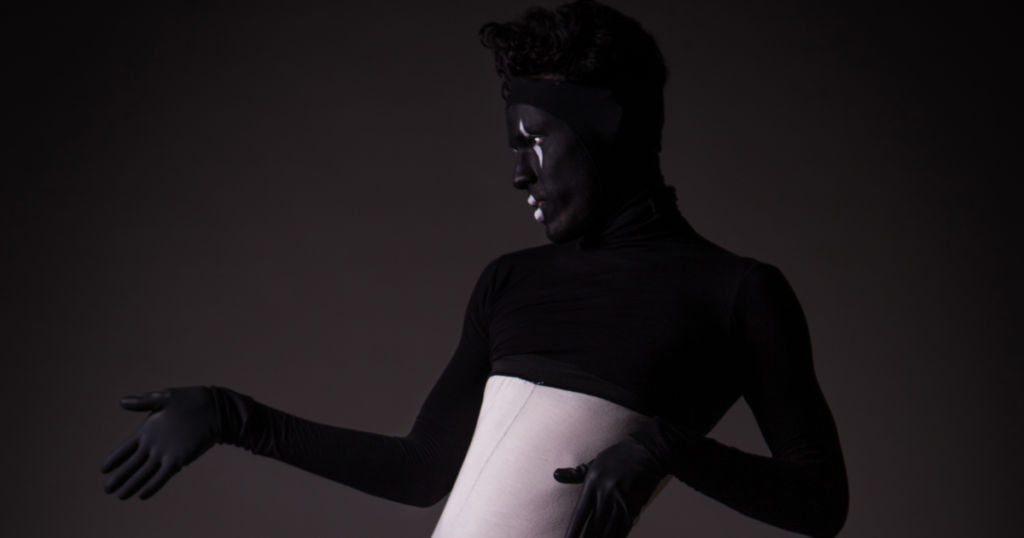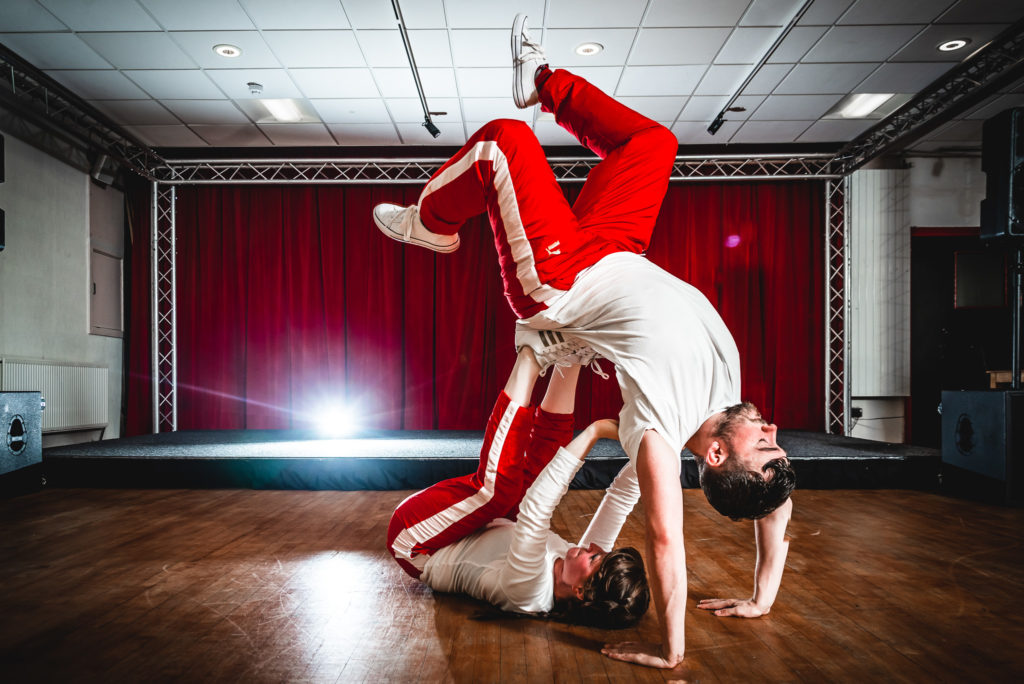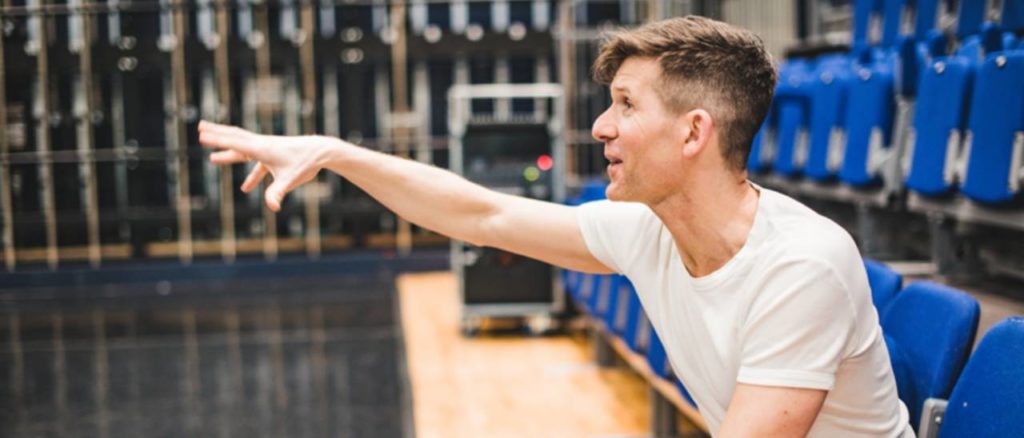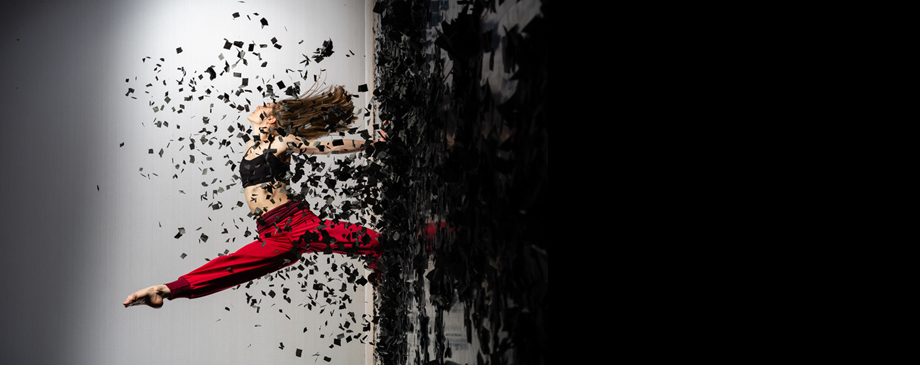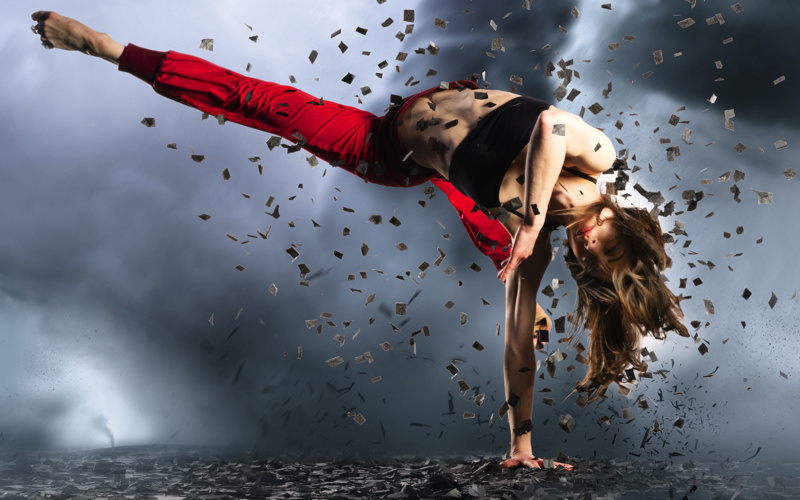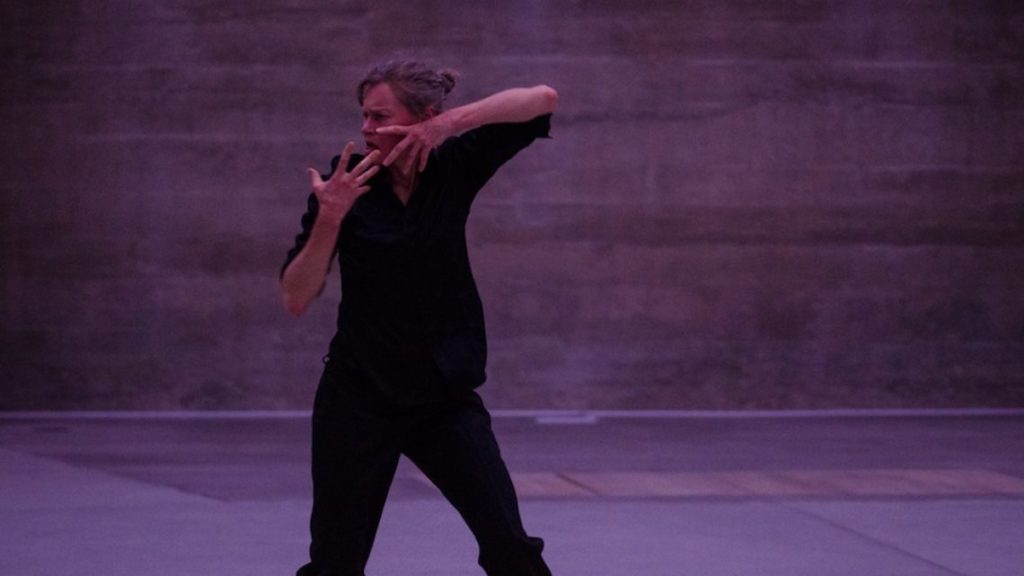In November 2018 we published an article in response to the new Arts Council Wales Corporate Plan “For the benefit of all..” with a range of contributions from Creatives in Wales. We revisit this area in the updated article below with responses from one of the creatives featured in the article as well as an additional contribution.
Our mission statement at Get The Chance is “Creating opportunities for a diverse range of people to experience and respond to sport, arts, culture and live events.”
We were very pleased to see some of the priority areas in the new Arts Council Wales, Corporate Plan, 2018 – 2023 “For the benefit of all”
In particular we were interested in Commitment 2 below
We will enable a greater number and a wider diversity of people to enjoy, take part and work in the publicly funded arts.
ACW then go onto make a series of intentions (below) for where they want to be in 2023 (5 years)
We will be able to demonstrate clearly that all our funding programmes promote and contribute to equality and diversity
There will be a narrowing of the gap between those in the most and least affluent social sectors as audiences and participants
We will develop the creative work of disabled artists by funding “Unlimited” commissions and developing a scheme similar to “Ramps on the Moon” operated by Arts Council England
We want to introduce a “Changemakers” scheme placing BAME and disabled people in senior executive positions in the arts
We want to see a doubling of the number of disabled people in the arts workforce
We want to see a doubling of the number of Black and Minority ethnic backgrounds in the arts workforce
We want to have introduced an Arts Council Apprenticeships scheme designed to provide opportunities for people from diverse backgrounds
We will have achieved a trebling of the number of BAME and disabled and on APW boards of governance
You can read the full article from last year here
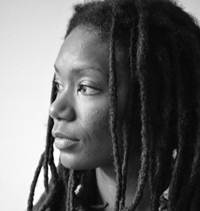
Adeola Dewis
Artist, researcher, academic and TV presenter
I struggle to fully engage this as a response. My recent experience has revealed that there is certainly a surge to include diversity in all its forms on boards and in creative spaces and projects. However, this new ‘interest’ feels more like organisations ‘needing’ to diversify rather than ‘wanting’ to diversify, in order to secure their future and funding. I am hopeful though.
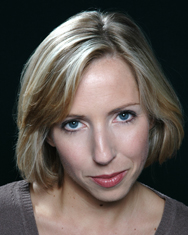
Elise Davison
Artistic Director, Taking Flight Theatre Company
What a year of change 2019 has been. For Taking Flight it has seen the company move away from the annual Shakespeare production to more indoor, venue-based work.
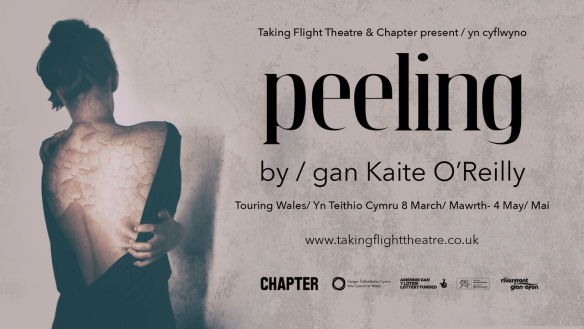
peeling by Kaite O’Reilly, opened on International Women’s Day in March at The Riverfront, Newport and then toured Wales and England and was a huge success earning 4 and 5* reviews.
The Guardian stating “Accessible theatre? Do it properly – do it like this”. Following this Taking Flight was invited to Grenzenlos Kulture festival in Mainz, Germany as an example of best practice in accessibility. It was a huge tour and highlighted once more the inaccessibility of much of Wales; accessible accommodation is very hard to find, and some venues struggled to meet our access riders. However, this did lead to some very inventive solutions involving temporary dressing rooms created with flats, curtains and even a marquee! Obviously not the ideal but with our hugely creative stage management team always looking for solutions rather than the problems and the support of venues we made it work. High applause to Angela Gould at RCT Theatres for her work in this department.
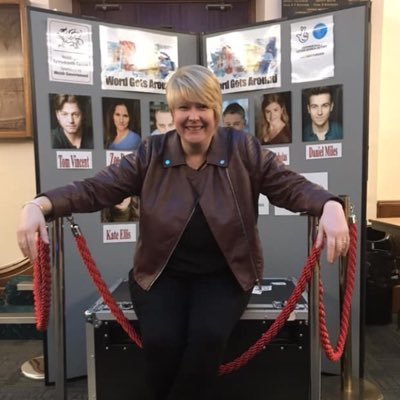
One of our lovely actors toured with her dog who was a lovely addition to the team. Max is a therapy dog; many places we visited were only familiar with guide dogs, which made us realise how much there is to learn about the different types of assistance dogs.

Everything we learnt during this extensive tour will feed into the work we have been developing towards a scheme like the Ramps on the Moon initiative. A scheme like this can never be replicated, but the interest and passion from venues in Wales to be involved is overwhelming. Creu Cymru, hynt and Taking Flight have been in ongoing discussions about ways to make this happen. We read with interest that it was also a priority for ACW and have begun conversations with them around a similar scheme. As we have been researching and pushing for this to happen since ‘Ramps’ began in 2016, we are passionate that this becomes a reality. Taking Flight has just received funding for their next production, Road, at Parc and Dare, RCT Theatres and we hope this partnership will be the first step. Taking Flight will give support to participating venues to be confident to manage and produce inclusive work, to provide excellent access and a warm welcome to all- both audiences and creatives.
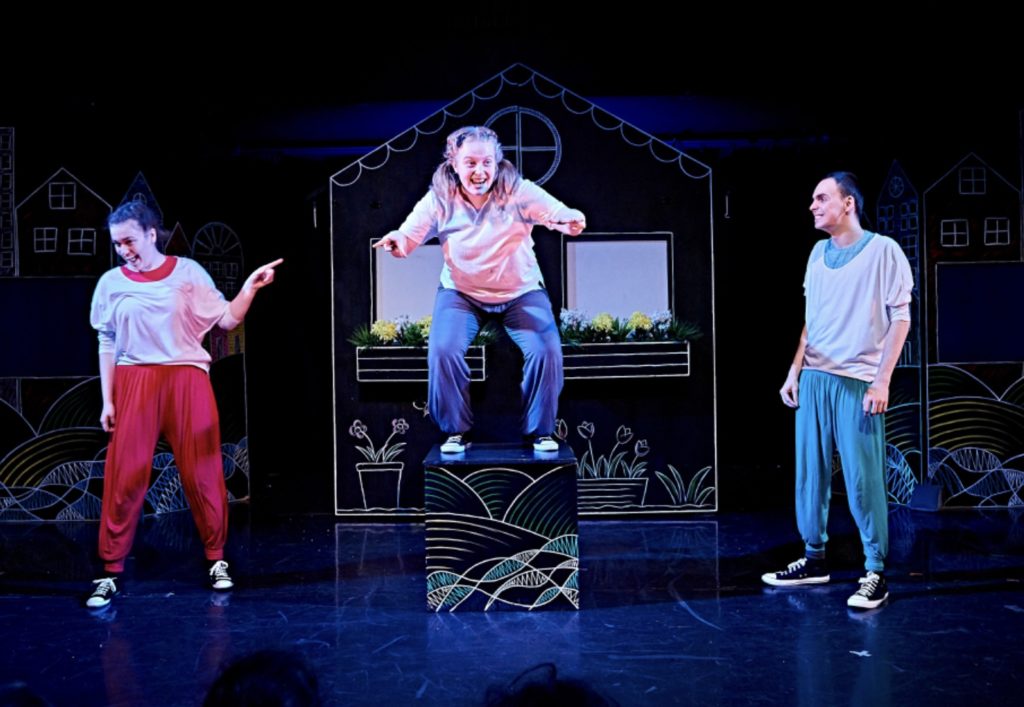
While peeling was out on the road in the Autumn, we also remounted the hugely successful and totally gorgeous You’ve got Dragons. After a run at WMC we hit the road again for a UK tour including a week run at Lyric Hammersmith which was almost sold out and incredibly well received. The desire for inclusive and accessible work for young people is growing. Watch this space for more news on You’ve Got Dragons next adventure.
Taking Flight has often dreamt of setting up a Deaf- led Youth Theatre for D/deaf and Hard of Hearing young people and with funding from BBC Children in Need we have finally done it. Led by the tremendous Stephanie Back in BSL and English, the youth theatre began last week and the results are already fabulous. The Wales Millennium Centre are our amazing venue partner and host the weekly sessions for D/deaf children aged 4-18. We have been overwhelmed with interest in this project, demonstrating that this has been needed in Wales for a long time.
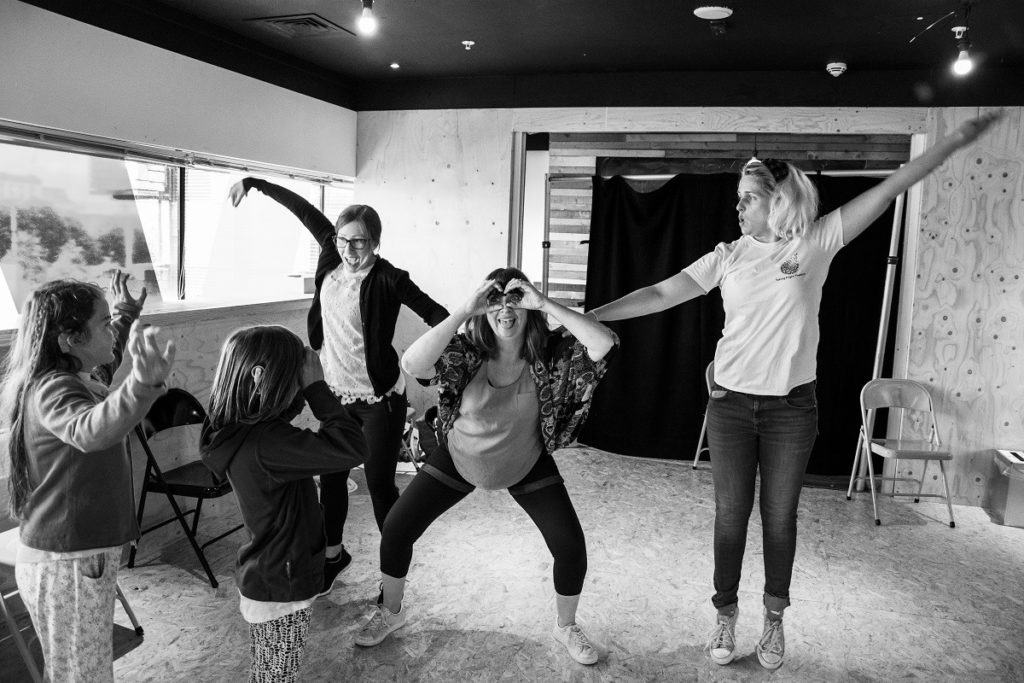
There has also been a surge in interest from companies and individuals wanting to consider access while writing funding applications. There is a general excitement around making work accessible. There are some brilliant intentions and I’ve had exciting conversations with companies about different types of access and have been able to recommend consultants and access professionals.
The ground has been fertile for change for some time and there is much more inclusive and accessible work being created here than when we first started 12 years ago. Theatres are also much more interested in programming diverse work and many have invested in Deaf Awareness training with Taking Flight (Led by Steph Back).

There is a real desire to diversify audiences and welcome them to theatre spaces. Taking Flight’s next symposium on 28th Feb at Park and Dare RCT theatres on Relaxed Performances brings the brilliant Jess Thom, Touretteshero to Wales to discuss ways to provide the warmest possible welcome to those who may find the traditional etiquette of theatre a problem.

There has been a surge of work featuring D/deaf and disabled performers, productions like Jonny Cotsen’s Louder is Not Always Clearer, Leeway Productions Last Five Years and Illumine’s 2023 really engaged new audiences and the venues have really built on this success. There have been more productions that embed access in a creative way, a gorgeous example in Gods and Kings by Fourinfour productions with integrated BSL from Sami Thorpe. I had lots of fun working with Julie Doyle and Likely Story integrating BSL interpreter Julie Doyle into Red. Companies are choosing to interpret, audio describe or caption all the shows in a run rather than just one which is really encouraging and promoting more equality of access to shows.
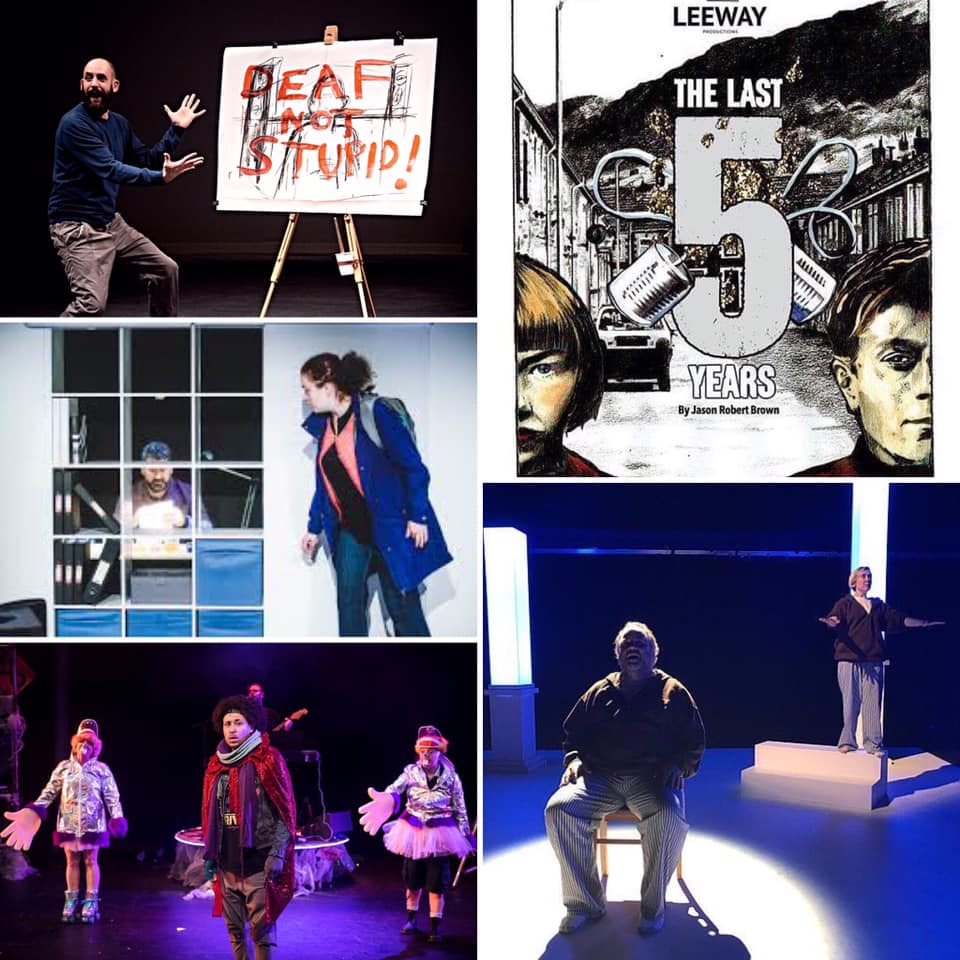
So, the will to make accessible work is absolutely there, the best of intentions are definitely there and, now the funding for access is factored into budgets, the funds are usually there. However, why is it still access that falls through the cracks, gets pushed aside or forgotten as a production approaches opening night? I hear stories of interpreters and audio describers who can’t get into a rehearsal space to prep or are placed somewhere on stage that is neither aesthetically pleasing nor practical. It can still sometimes feel like access is something that needs to be ticked off a list in order to fulfil a funding application.
I am absolutely sure that this is not the intention; but we are all so overstretched, one person is often doing multiple jobs (especially in small companies) and when no one is directly responsible for access or it simply forms ‘part’ of someone’s role. So those best intentions and exciting plans are really hard to fully achieve. Taking Flight are exploring this lack of provision for access co – ordination with Bath Spa University so watch this space for the results of our research… The next generation of theatre makers are coming, and they really care about making work that can be accessed by all – that makes me happy.


 (4 / 5)
(4 / 5)
